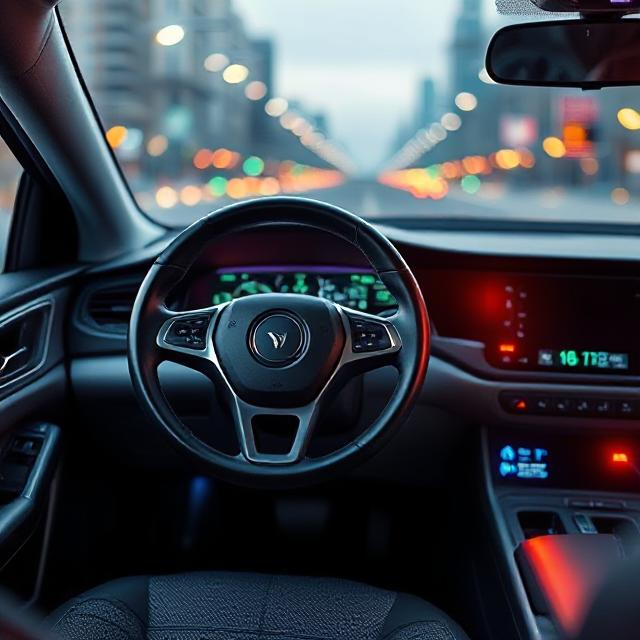Self-driving cars, also called autonomous vehicles, are changing the way we travel. These cars can drive themselves using Artificial Intelligence (AI), eliminating the need for a human driver. AI helps them understand their surroundings, make decisions, and move safely on the road. In this article, we’ll explain how AI powers self-driving cars in a simple and easy-to-understand way.
How AI Helps Self-Driving Cars
AI serves as the brain of a self-driving car. It processes all the data from sensors, cameras, and other systems to help the car drive . Let’s break down the key AI technologies that make this possible.
1. Understanding the Road with Computer Vision
Self-driving cars have cameras that function as eyes. These cameras capture images and videos of the road, traffic signs, people, and other cars. AI analyzes these images to:
- Spot stop signs, traffic lights, and road markings.
- Notice pedestrians and cyclists.
- Find obstacles and prevent accidents.
2. Combining Information with Sensor Fusion
Self-driving cars rely on various sensors, including cameras, radar, and LiDAR (a laser scanning device). AI combines info from these sensors to build a full picture of the surroundings. This enables the car:
- To spot objects even in poor weather or darkness.
- To gauge the distance of other vehicles and barriers.
- To boost precision for safer trips.
3. Getting Smarter Through Real-World Experience
Self-driving cars get better over time by learning from actual driving data. AI examines patterns and forecasts to help the car:
- To grasp how people drive in various scenarios.
- To guess the moves of other cars and people on foot.
- To adapt to new driving settings and areas.
4. Choosing with Smart Planning
A self-driving car needs to decide its path and reactions in various scenarios. AI assists it to make rapid choices such as:
- Picking the most secure and quickest route.
- Recognizing when to halt, steer, or switch lanes.
- Managing complex situations like joining highways or steering clear of road obstacles.
5. Controlling the Car’s Movement
Once a choice is made, the AI system instructs the car on its actions. This involves:
- Guiding the wheel to remain in the right lane.
- Accelerating or decelerating based on traffic conditions.
- Applying brakes when necessary to prevent crashes.
Challenges of AI in Self-Driving Cars
Although AI has made self-driving cars a reality, some hurdles still exist:
- Unexpected Situations: AI has trouble with unpredictable human actions, like quick lane switches.
- Legal and Safety Rules: Governments must create safety laws to allow widespread use of self-driving cars.
- High Computing Power: AI needs powerful computer systems to process data as it happens.
The Future of Self-Driving Cars
AI keeps getting better, and self-driving cars are becoming more sophisticated. In the years to come, we might see:
- Cars that talk to each other to drive more safely.
- AI that can handle busy city traffic without problems.
- driverless cars that everyone can use.
